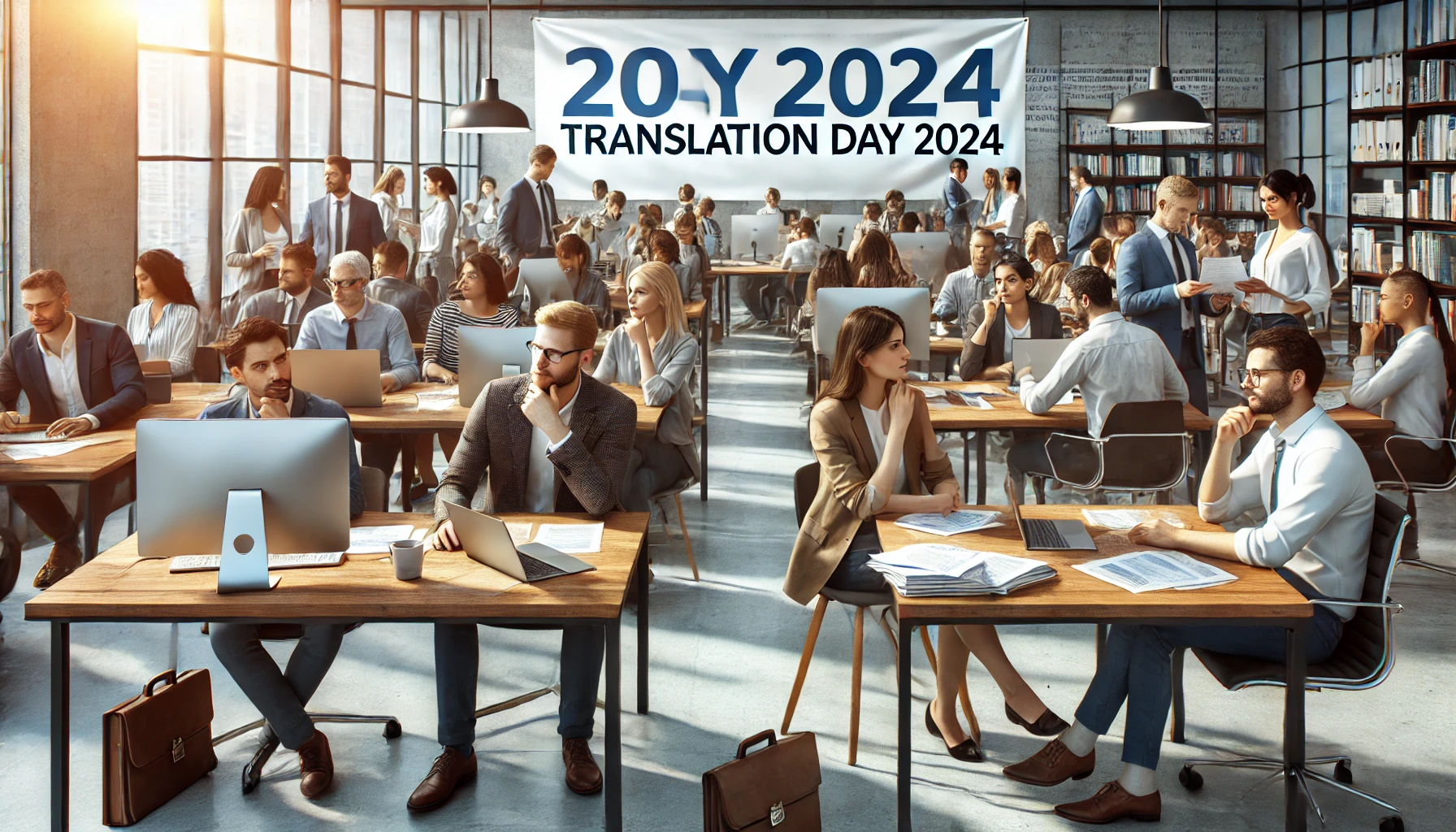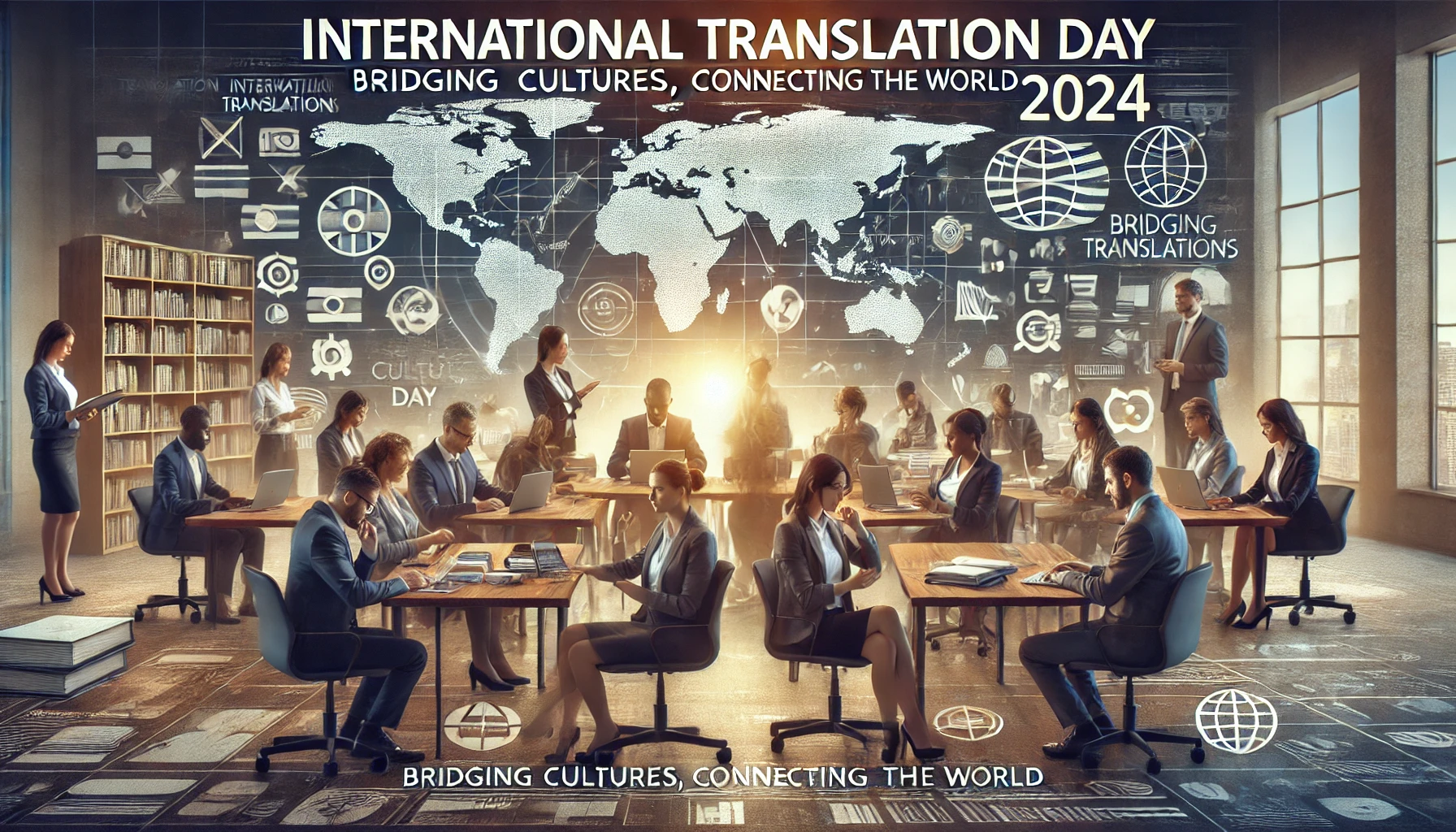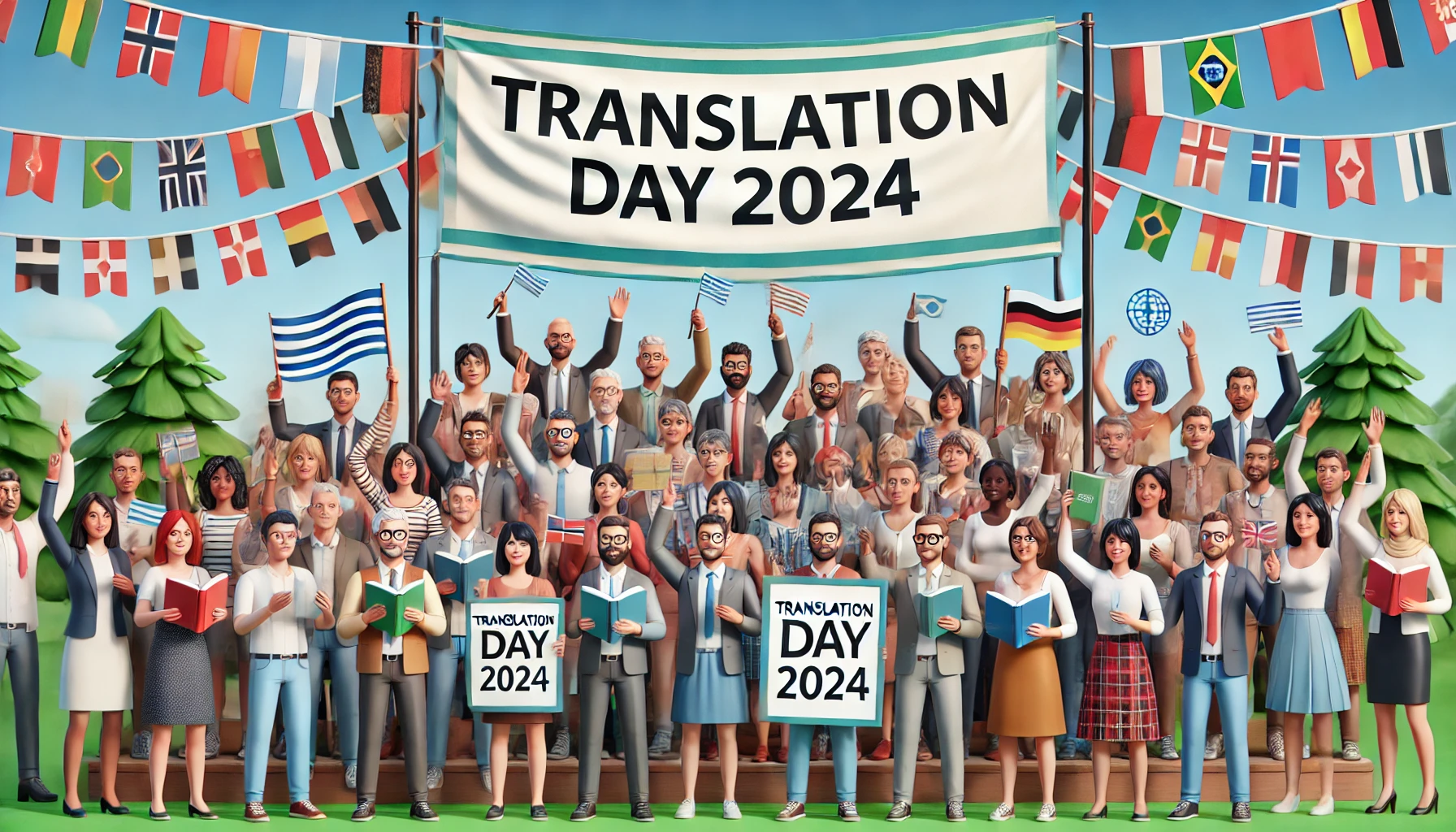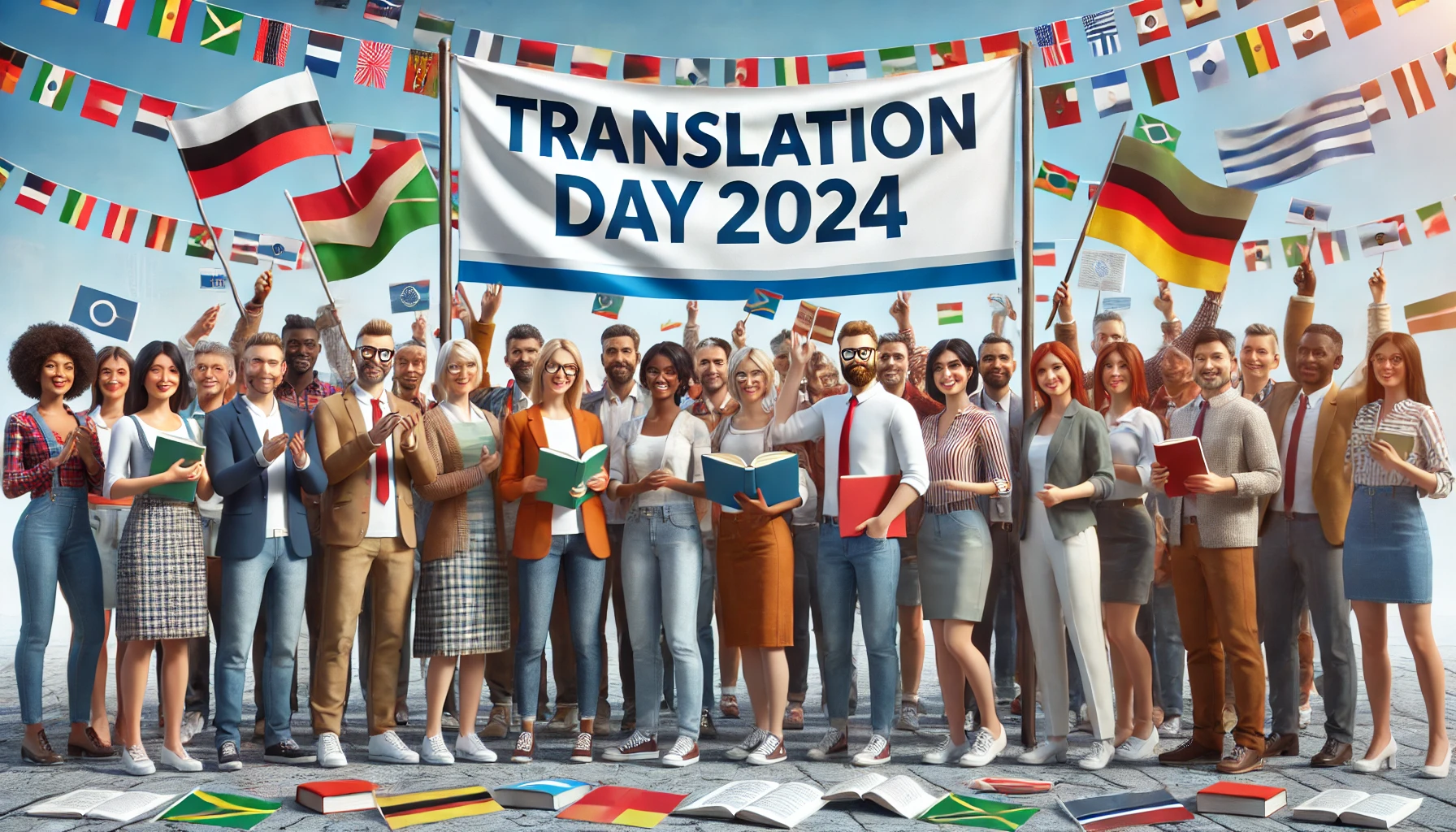International Translation Day: Celebrating the Power of Language and Communication 🌍📝
Every year on September 30th, the world celebrates International Translation Day, recognizing the pivotal role that translators, interpreters, and language professionals play in bridging linguistic and cultural divides. This day not only acknowledges their indispensable contributions but also underscores the importance of fostering understanding between different nations and cultures. The date coincides with the feast of St. Jerome 📖, the patron saint of translators, who is famed for translating the Bible into Latin.

🌐💬 The Importance of Translation in a Globalized World
In an increasingly interconnected global landscape, the need for clear, effective communication across languages is more vital than ever. Translators and interpreters facilitate diplomacy 🤝, international commerce 📊, and the sharing of knowledge in fields like science 🧬, law ⚖️, and literature 📚. Without their expertise, the world would be a much more divided and less collaborative place.
📅 History of International Translation Day
The celebration of International Translation Day is relatively recent. It was officially recognized by the United Nations General Assembly 🏛️ in 2017, following efforts by the International Federation of Translators (FIT) 🌍. Since then, the day has been used to highlight the importance of multilingualism 🗣️, which promotes inclusivity and communication across borders 🌎.

🖋️📜 The Role of Translators and Interpreters in Different Sectors
- Legal Translation and Interpretation ⚖️: Language professionals ensure that legal documents, contracts, and court proceedings are accurately translated. Any error in legal translation could lead to serious consequences, such as contractual disputes or misunderstandings between nations.
- Medical Translation and Interpretation 🏥🩺: In the healthcare sector, clear communication between doctors and patients from different linguistic backgrounds can mean the difference between life and death. Translators help ensure that medical records, prescriptions, and diagnoses are communicated effectively.
- Business and Commerce Translation 💼📊: International business transactions require precise translation of contracts, emails, and marketing materials. A misinterpretation in this context could lead to major financial losses.
- Literary Translation 📚✍️: Many great works of literature, from Tolstoy to Murakami, have reached global audiences thanks to the skill of literary translators. Their work ensures that readers around the world can access stories that would otherwise remain out of reach.
🔄🧩 Challenges Faced by Translators
Though rewarding, the profession of translation comes with its own unique set of challenges:
- Cultural Nuances 🌐: Translators must have a deep understanding of both the source and target languages, as well as the cultures in which these languages are spoken. Words and phrases often carry cultural meanings that cannot be directly translated.
- Specialized Knowledge 🧠: Many translators need expertise in specific fields like law, medicine, or technology. This requires continuous learning and adaptation.
- Preserving Original Meaning 🧐: A translator’s goal is to retain the tone, style, and intent of the original text. This often requires creativity and careful decision-making.
🔮🚀 The Future of Translation
With the rise of artificial intelligence 🤖 and machine translation technologies, some wonder if human translators will become obsolete. However, while tools like Google Translate can assist with basic translations, they are far from perfect. Machine learning algorithms often struggle with context, idiomatic expressions, and the subtleties of human language.
Human translators bring a level of emotional intelligence 🤔 and cultural understanding that machines cannot replicate. As such, the role of translators will remain vital, particularly in complex fields like law, literature, and international diplomacy.

🎉💼 How to Celebrate International Translation Day
- Appreciate a Translator: Take a moment to thank the translators in your life or the professionals who make global communication possible.
- Learn a New Language: If you’ve always wanted to learn a new language, this is a great time to start. Even learning basic phrases in another language can open up a new world of understanding.
- Promote Multilingualism: Encourage schools, workplaces, and governments to foster environments where multiple languages can thrive.
- Share a Quote in Translation 📜🌍: Use social media to share famous quotes or works in both their original and translated forms, highlighting the beauty and importance of translation.
🏁 Conclusion
International Translation Day reminds us of the value of translators and interpreters in a world that is more interconnected than ever. Their skills help break down barriers, foster mutual understanding, and promote peace and cooperation on a global scale. Whether through business transactions, legal agreements, or literary works, translators are the unsung heroes who make cross-cultural communication possible.
So, on September 30th, let’s celebrate the power of language and the people who make the world a smaller, more connected place. 🌍✌️
